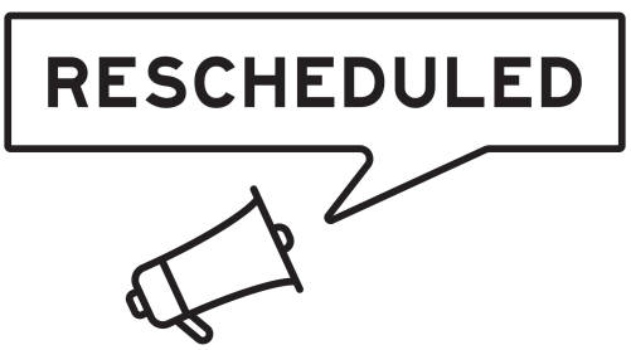Doing the Things Only I Can Do
Over the past several weeks we’ve talked about having too much to do and not enough time to do it. Of how I need to delegate more of my business, but how hard delegating is for me. The only way that I can help more people is by sharing the load.

This issue has been brought to the surface after reading the book The Highest Calling by Lawrence Janesky. This book resonated with me because I see how construction businesses struggle with the business side of things. After reading this book it confirmed what I already knew…
Businesses need help building their business.
For several years, I’ve been working on ways to help construction companies with business building tools and processes. The problem is this takes time and energy away from construction projects.
So, then I shift my focus back to construction proposals and keeping those projects moving forward. And then the problem is I don’t have time to work on coaching and consulting to help people in the construction industry.
This past week is a good example of the construction part of the business not leaving any time for coaching and consulting.
It started out with Monday being a holiday. This means we started out the busy week with one day less to get everything done. There are ten different projects in varying stages. Some are almost finished, some are halfway done, and some haven’t been started.
To add to this list, I need to be doing proposals so that we will have work to do in the future.
I spent the majority of my time this week doing things that someone else could have…SHOULD HAVE…done.

If I keep doing what I’ve always done, I’ll keep getting what I’ve always got. Something has got to change. It’s up to me to do something different if I want to get past this mountain. The mountain will be easier to move, if I’m not the only one with a shovel.
One of the shovels that I’m working on giving to someone else is production coordination.
What exactly is production coordination?
It’s just what it sounds like. It’s the organizing and overseeing of the production and operation of multiple construction projects to maintain production schedules, complete projects within budget and achieve the quality of workmanship expected.
That sounds easy enough, right?
Trust me. To organize and oversee the production of multiple projects is a lot.
- Project Coordination
- Productivity Monitoring and Control
- Coordinate schedules
- Coordinate materials
- Coordinate tools
- Quality Control and Documentation
- Periodic site visits and verify that quality is being achieved and maintained
- Document with pictures and reports
- Communicate with teams
- Regularly review, follow-up and verify schedules
- Determine materials and tools that are needed
- Project Troubleshooting
- Listen to customer concerns and document them
- Communicate concerns with management
- Productivity Monitoring and Control
- Planning and Control of Material and Tools
- Coordinate gathering and delivery of materials and tools
- Coordinate moving the balance of material to shop or return to supplier
- Coordinate collection of tools from projects and/or production teams
- Customer Service
- Communicate schedules with customers and subcontractors
- Assure that site organization is maintained
- Coordinate and document finalization of punch list
So, where do I go from here?
I’m just one person and I can only do so much. If I’m going to build the business that God has called me to do…I’m going to need more help.
This means that I must be intentional and take action. Otherwise, I’m going to be limited to the number of people that I can help. That’s why this past week, I started the process of adding a PRODUCTION COORDINATOR to the team.

Stay tuned and we’ll keep you posted as to how it’s going.









































